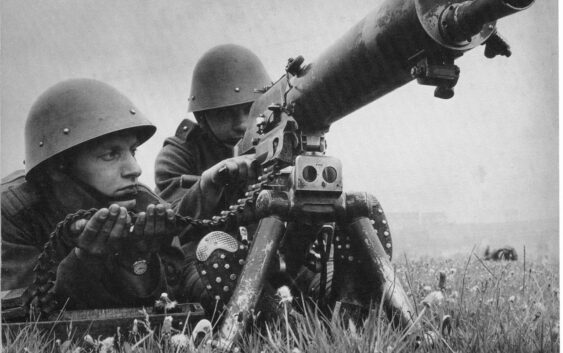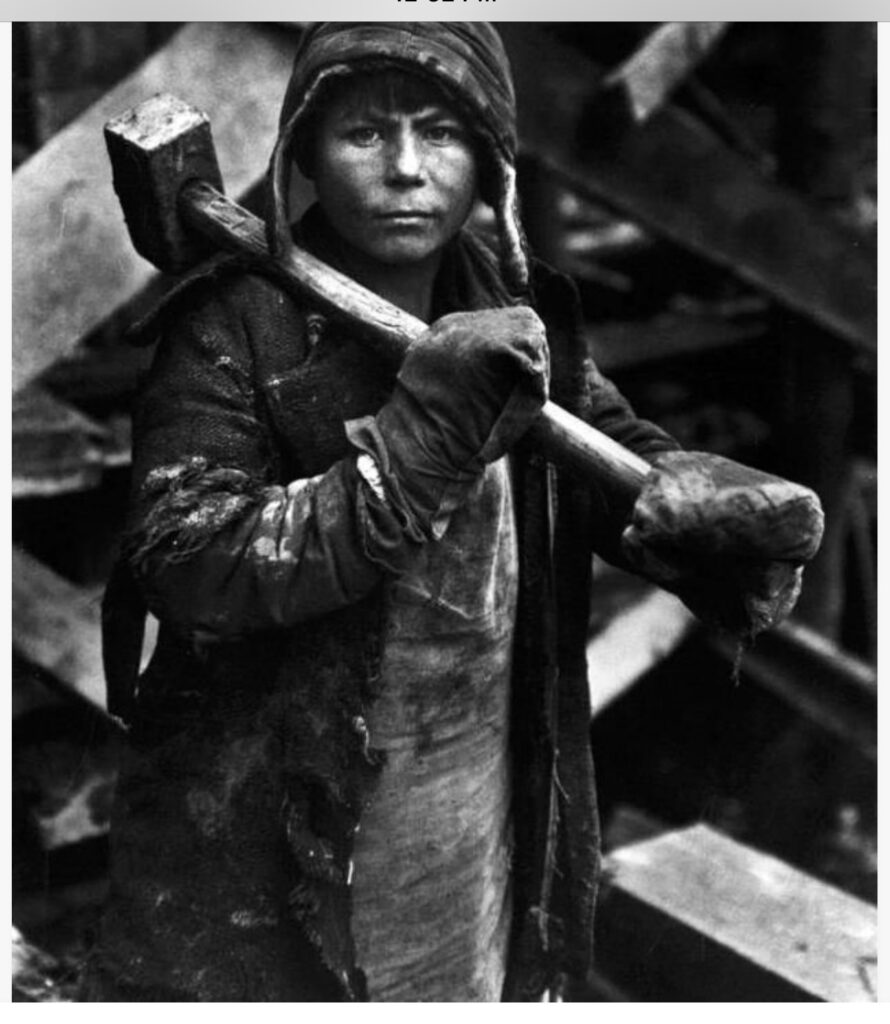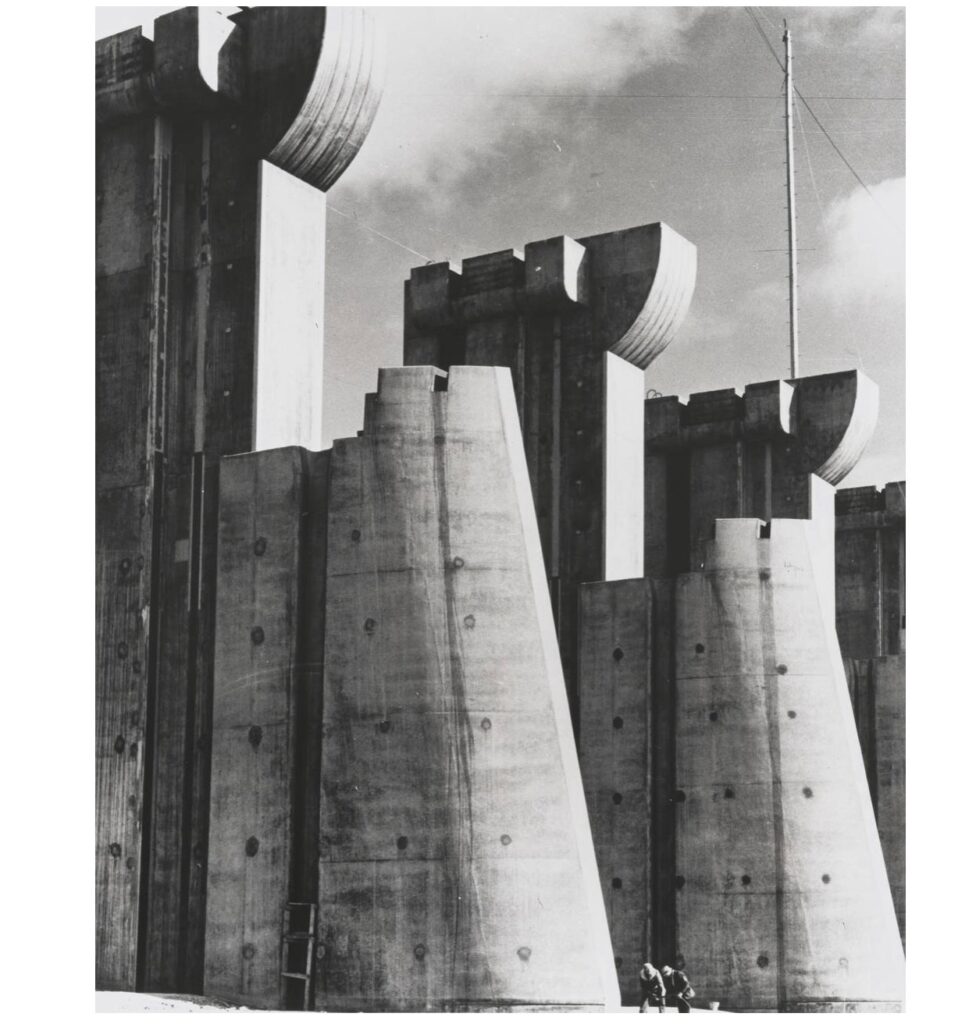MARGARET BOURKE-WHITE: PEERLESS PIONEERING PHOTOJOURNALIST

Margaret Bourke-White (1904 – 1971) was a truly extraordinary photojournalist in the twentieth century and a role-model for generations to come. Her works and accomplishments immeasurably advanced the art of photography.
It was her insightful photos of Nazi Germany, Russia under the Five Year Plan, and the drought-plagued American Midwest that put her on the map.
She was indeed a pioneering female photographer: the first ever female war photojournalist, the first Western photographer permitted to enter the Soviet Union, and the first photographer to be hired by Life Magazine, where her iconic photo of the Fort Peck Dam in Montana on the cover of the first issue assumed legendary status. She also took some of the first photos of concentration camps, creating poignant works which moved the world. To take those shots, she had to overcome the great personal anguish she felt when she witnessed the horrors of the camps. She was also among the first to photograph Mahatma Gandhi and, in the course of her assignments, she met the likes of Stalin, Eisenhower, and Patton. Fearless and determined, she covered World War II, the Korean War, and the India-Pakistan conflict.

Bourke-White started out studying herpetology at Columbia but soon found her passion in photography when she took a class with well-known photographer Clarence H. White. She eventually graduated from Cornell with a degree in zoology, but she followed her heart and embarked on a career in photography. She moved to Cleveland where her artful industrial photographs attracted the attention of Henry Luce, who hired her for Fortune Magazine in 1929 and then sent her to Russia where she produced a historic and monumental series of photographs. By 1930 she had also established a studio in the Chrysler Building in New York; ever true to her personality and craft, she engaged in some death-defying stunts just to photograph the building. Luce hired her again for his fledgling Life Magazine, which was inaugurated on November 23, 1936 with her Fort Peck Dam photograph destined to become an American classic. On February 15, 1937, she was to produce another masterwork for Life, a photograph of black flood victims standing in front of a sign depicting a white family with the caption “World’s Highest Standard of Living.” Another significant accomplishment in 1937 was the book “You Have Seen Their Faces” depicting the human cost of the Depression in the South with photographs by Bourke-White and text by the noted writer Erskine Caldwell, later her husband.

Yet another notable book by Bourke-White to achieve classic status was “Dear Fatherland, Rest Quietly: A Report on the Collapse of Hitler’s Thousand Years.” Sadly, Bourke-White’s career was cut short when she developed Parkinson’s Disease in 1953, which progressively slowed her down despite her valiant efforts. She was to die eighteen years later from the disease, at 67.
In the course of her life, she traveled nearly everywhere and always had her camera with her. Driven by a perfectionism and an ongoing desire for self-improvement she said she got from her parents, she approached every assignment with zeal and was ready to take on any challenge. “Saturate yourself with your subject and the camera will all but take you by the hand,” she said, and this quote epitomizes her desire and her passion.
Both widely respected and hugely popular, Margaret Bourke-White created epic photographic works of intensity and emotion which retain their relevance and appeal today. Her body of work and pioneering achievements in photography mark her as a giant in the field.





























